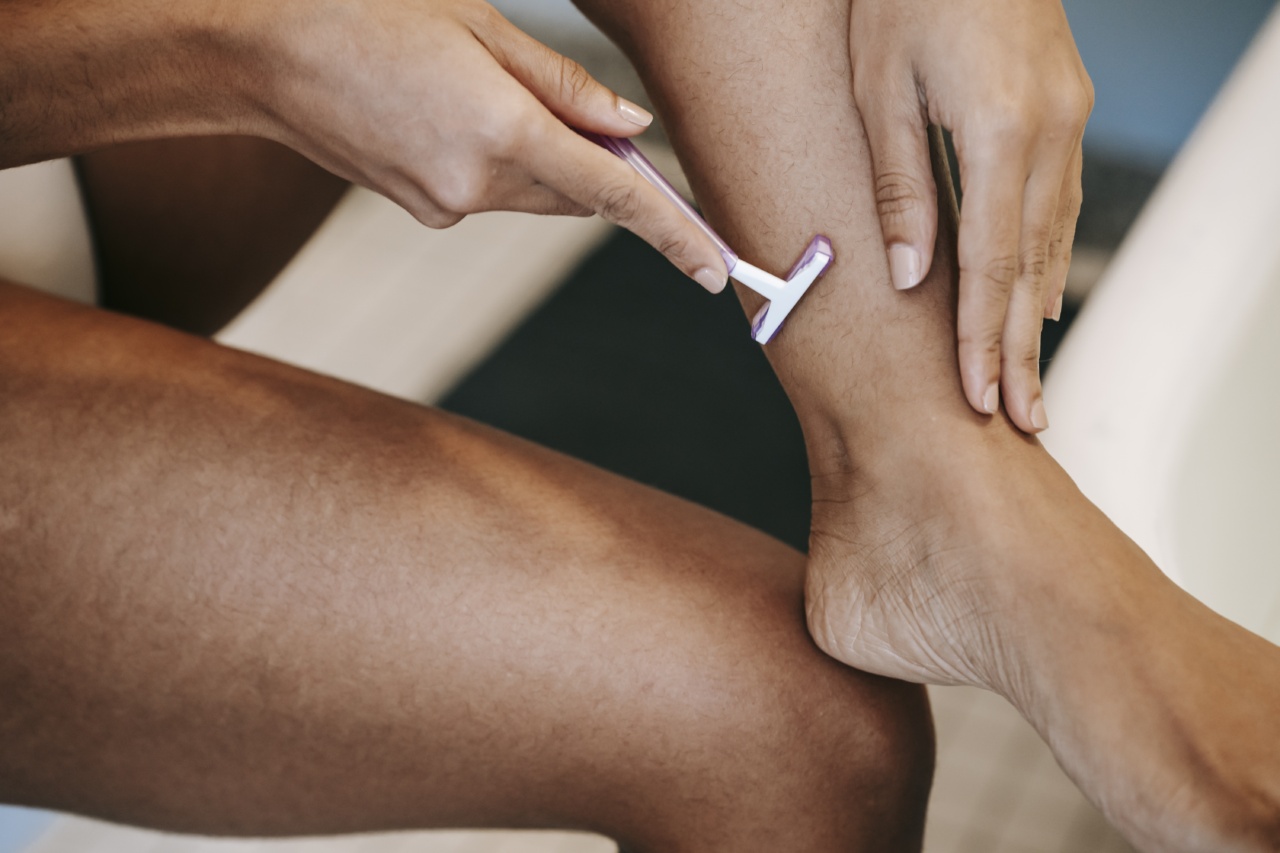Stretch marks, the discolored streaks that appear on the skin, are a common condition affecting people of all ages. They appear as a result of the skin being stretched rapidly beyond its normal limit, causing the fibers in the skin to break.
While stretch marks can develop all over the body, they are most commonly found on the abdomen, thighs, hips, buttocks, and breasts.
Given the prevalence of stretch marks, there’s no shortage of misinformation on what causes them. In this article, we’ll separate fact from fiction and identify the real causes of stretch marks.
Myth: Stretch marks only affect pregnant women
While pregnancy is a common cause of stretch marks, it’s far from the only one. In fact, anyone can get stretch marks, regardless of their age, gender, or body type. Stretch marks can occur due to a variety of reasons, including:.
- Puberty
- Weight gain or loss
- Growth spurts
- Bodybuilding or weightlifting
- Genetic predisposition
Myth: Only overweight people get stretch marks
While rapid weight gain can lead to stretch marks, being overweight is not necessarily a prerequisite for developing them. In fact, thin people can also get stretch marks, particularly during puberty and growth spurts.
This is because these periods of rapid growth cause the skin to stretch rapidly, leading to the formation of stretch marks.
Myth: Stretch marks are caused by dry skin
While dry skin can exacerbate the appearance of stretch marks, it is not the underlying cause of them. Rather, stretch marks occur when the skin is stretched to the point where its fibers break.
This causes the blood vessels in the skin to rupture, leading to the appearance of red or purple streaks. Over time, these streaks fade to a silvery white color as the blood vessels heal and the skin tissue repairs itself.
Myth: Only women get stretch marks
While pregnancy-related stretch marks are more common in women, men can also develop stretch marks, particularly if they engage in bodybuilding or weightlifting.
In fact, men are just as likely as women to develop stretch marks during puberty, growth spurts, or rapid weight gain or loss.
Myth: Stretch marks can be completely removed
While there are many products on the market that claim to completely remove stretch marks, the reality is that stretch marks are permanent and cannot be completely erased.
However, there are treatments available that can reduce the appearance of stretch marks and improve the overall tone and texture of the skin. These treatments include:.
- Topical creams and lotions containing retinoids, vitamin C, or glycolic acid
- Microdermabrasion
- Laser therapy
- Chemical peels
- Injections of corticosteroids
Myth: Stretch marks only occur on the abdomen
While stretch marks are most commonly found on the abdomen, they can also occur on other parts of the body, including the thighs, buttocks, hips, and breasts.
In fact, stretch marks can develop anywhere on the body where the skin has been stretched rapidly beyond its normal limit.
Myth: Stretch marks are a sign of poor health
Stretch marks are not a sign of poor health and do not pose any health risks. They are simply a cosmetic concern and can be treated if desired.
Myth: Stretch marks are inevitable
While stretch marks are common, they are not inevitable. There are several strategies that can help prevent stretch marks from forming, including:.
- Maintaining a healthy weight
- Eating a balanced diet rich in vitamins A, C, and E
- Staying hydrated by drinking plenty of water
- Maintaining a regular exercise routine
- Wearing sunscreen to protect the skin from sun damage
- Using moisturizers and oils to keep the skin hydrated
Conclusion
Stretch marks are a common condition that can affect anyone, regardless of their age, gender, or body type.
While many myths exist about what causes stretch marks, the reality is that they occur when the skin is stretched rapidly beyond its normal limit, causing the fibers in the skin to break. While stretch marks are permanent, there are treatments available to reduce their appearance. By taking steps to maintain a healthy lifestyle and caring for your skin, you can help prevent stretch marks from forming in the first place.






















